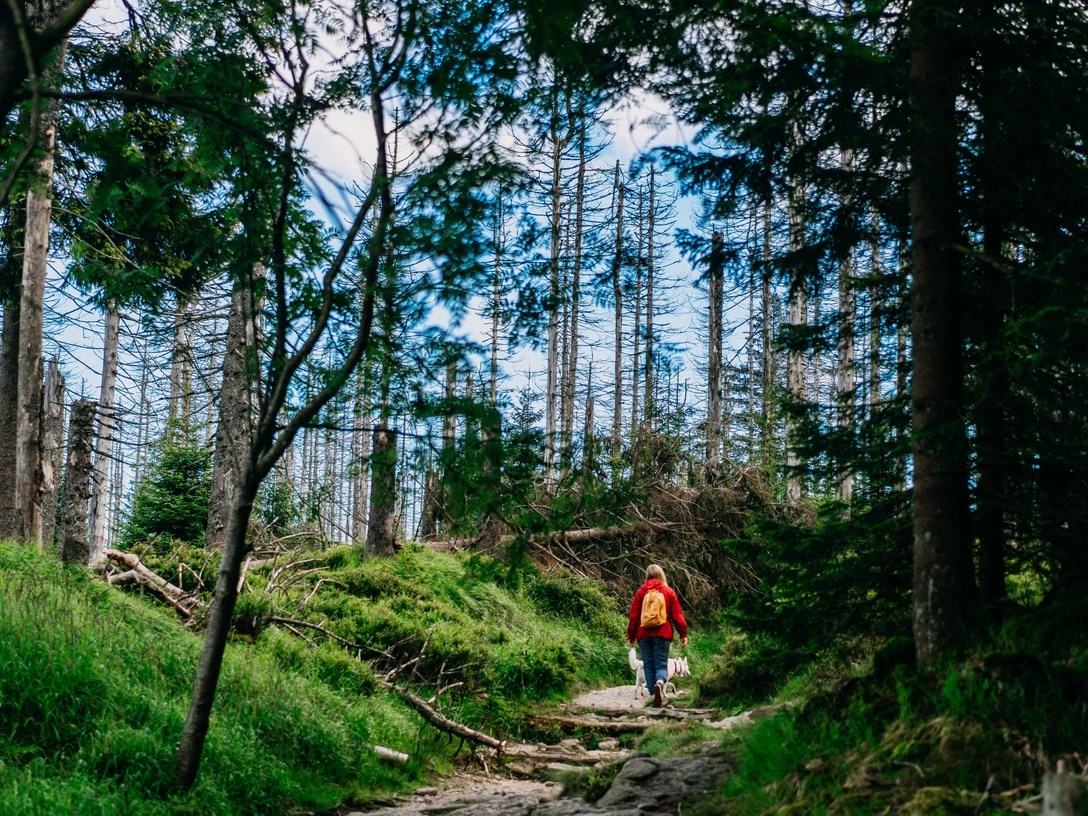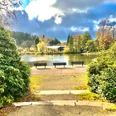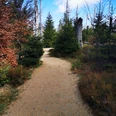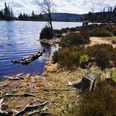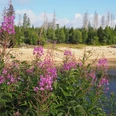Extensive forests in transition to wilderness, valuable habitats for rare animals and plants - in the Harz National Park nature is allowed to go its own way. This offers the rare opportunity to experience the natural transformation of the forest from a former commercial forest to a wild natural forest. In some areas this change is currently taking place very rapidly and the forest images of this transitional phase initially seem strange to many people. If you walk through the Harz National Park today, you will indeed see a bizarre picture in some forest areas.
Storms, weather extremes and bark beetles are causing the mostly human-dominated, older spruce forests in the national park area to die over large areas. Depending on the altitude, beech trees or young spruce trees are now more likely to prevail. Nature has different standards of time and order than we humans do.
Spruce is naturally native to the higher altitudes, which is why it will continue to be the main tree species in these areas. In addition to young spruce, some deciduous trees such as mountain ash, sycamore maple or willow are now growing here.
At lower altitudes, various deciduous trees are taking root in the former spruce forests. Naturally, mainly beech trees would grow here, and the national park supports their return with plantings.
The deadwood remains in the forest as far as possible in the national park area and thus provides food and shelter for numerous inhabitants. If you look closely, you can discover life everywhere even in the seemingly dead forest. Take advantage of this rare opportunity to watch a new wilderness grow.
Storms, weather extremes and bark beetles are causing the mostly human-dominated, older spruce forests in the national park area to die over large areas. Depending on the altitude, beech trees or young spruce trees are now more likely to prevail. Nature has different standards of time and order than we humans do.
Spruce is naturally native to the higher altitudes, which is why it will continue to be the main tree species in these areas. In addition to young spruce, some deciduous trees such as mountain ash, sycamore maple or willow are now growing here.
At lower altitudes, various deciduous trees are taking root in the former spruce forests. Naturally, mainly beech trees would grow here, and the national park supports their return with plantings.
The deadwood remains in the forest as far as possible in the national park area and thus provides food and shelter for numerous inhabitants. If you look closely, you can discover life everywhere even in the seemingly dead forest. Take advantage of this rare opportunity to watch a new wilderness grow.
Good to know
Eligibility
Suitable for any weather
for Groups
for Class
for familys
for individual guests
Pet allowed
Suitable for the Elderly
for Children of all Ages
Linguistic proficiency
German, English
Payment methods
free of charge
Accessibility
Travel for Everyone





Contact person
Author
Braunlage Tourismus Marketing GmbH
Elbingeröder Str. 17
38700 Braunlage
Organization
Braunlage Tourismus Marketing GmbH
License (master data)
Braunlage Tourismus Marketing GmbH
Nearby
